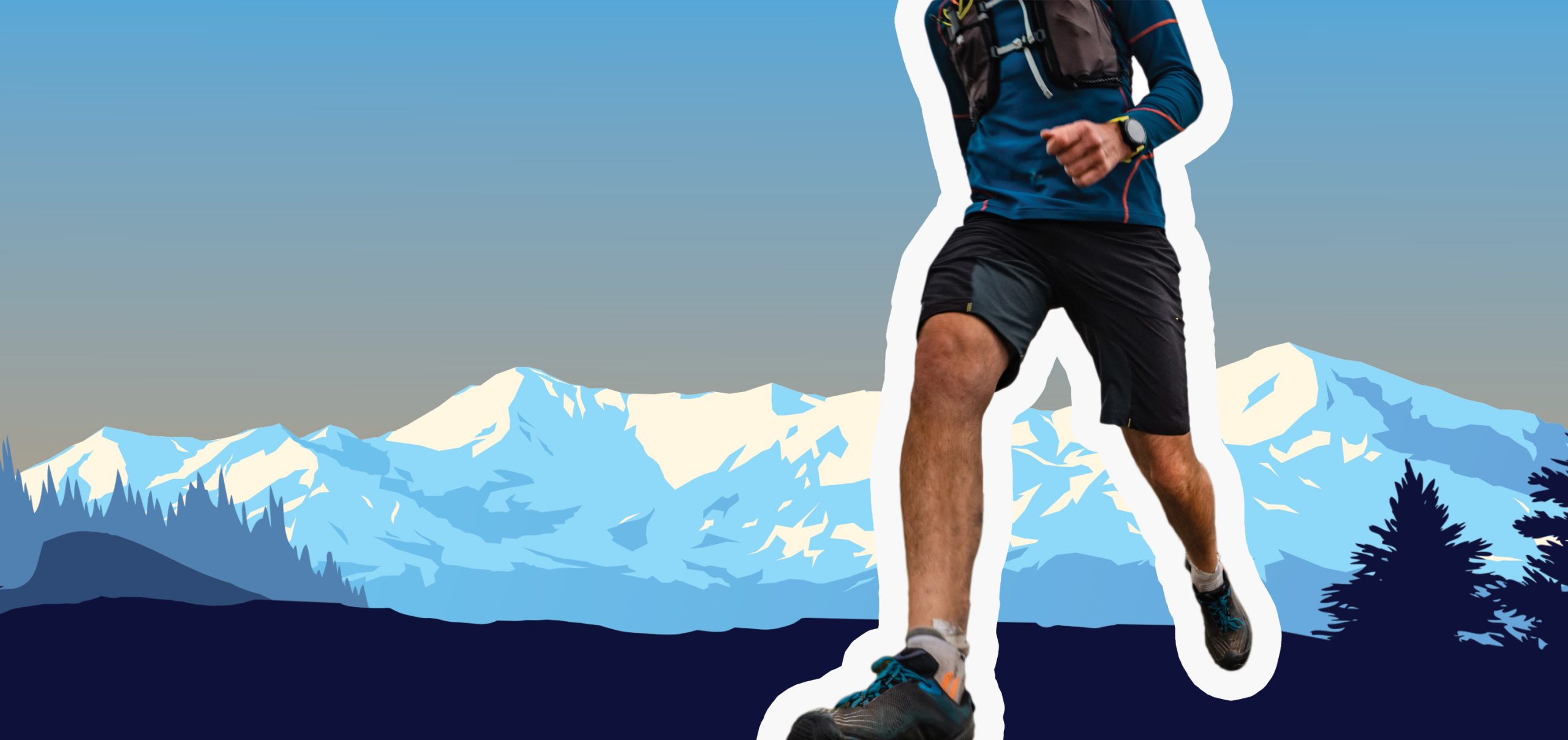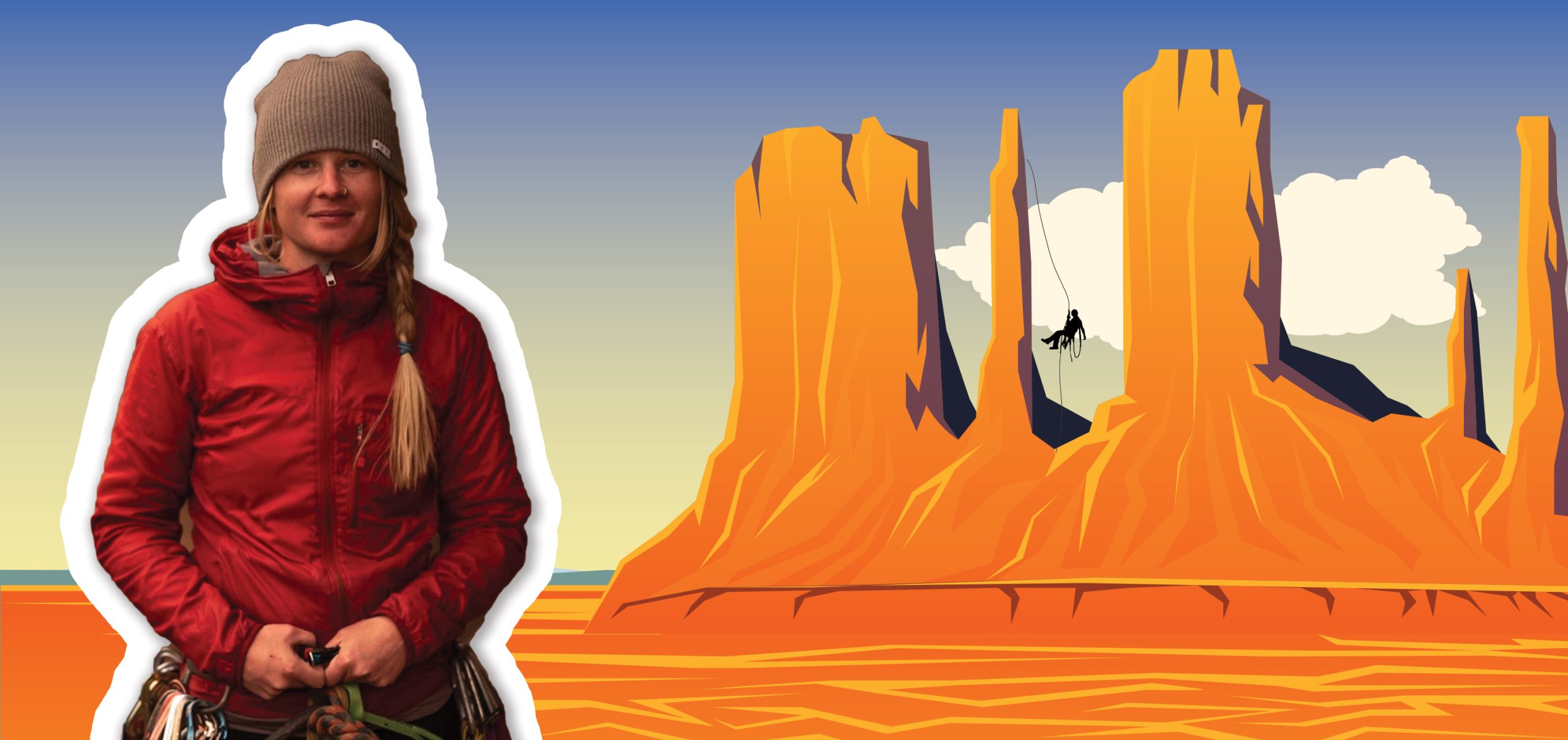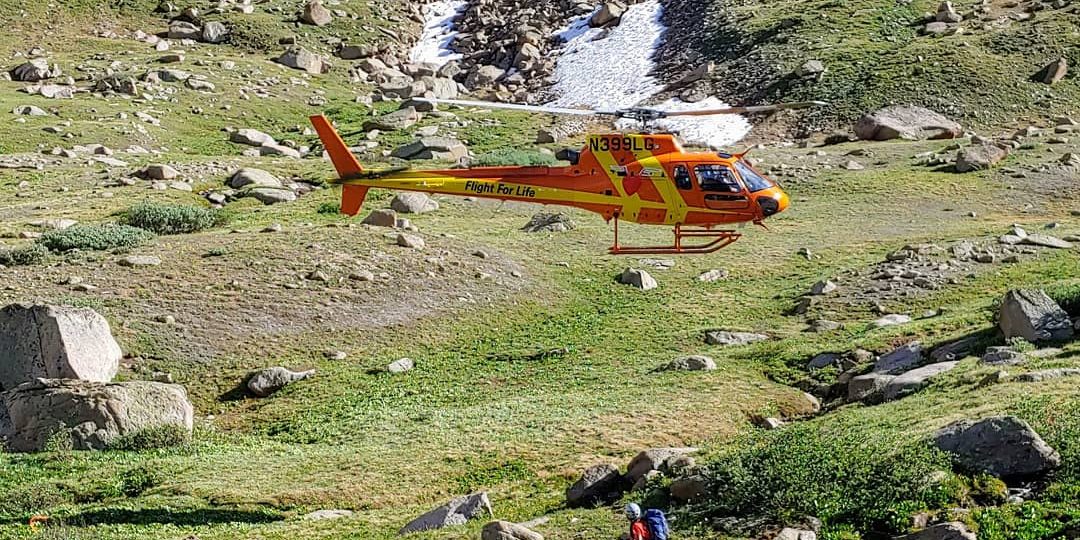When Colorado moved into phase 2 of the reopening plan in May, “Safer at Home and in the Vast, Great Outdoors,” myself and the other command staff of Lake County Search & Rescue warned the team to brace themselves for a busy start to the summer rescue season. With folks avoiding gyms, bars, and other close-proximity areas, and with the Department of Public Health encouraging people to get outside, we suspected the backcountry was about to get a lot busier. Our prediction proved true; for the 2.5 month period May 1 to July 15th, LCSAR’s call volume increased 275% from 2019 to 2020 missions!
I’m glad that people want to come explore Lake County’s beautiful backcountry areas; I hope a silver lining of this pandemic is that more people develop a meaningful relationship to wilderness. But with more folks venturing into the backcountry, some of them for the first time, incidents requiring professional rescue are on the rise. I will say, I like doing searches and rescues. I enjoy using my outdoor and wilderness medical skills to help people having a really bad day. So, while you won’t hear me complaining about LCSAR’s increased call volume, I have been concerned by some of the calls I’ve run this summer. A little more preparation and education could’ve stopped almost all of them from happening.
The WFA/WFR curriculum teaches that risk management and prevention is the best tool for preventing incidents. Simple habits like carrying extra food and layers, and monitoring hydration through last ins/outs can keep a fun day in the mountains from turning into a traumatic situation. In the past few months, in almost all LCSAR’s calls, dehydration + exhaustion from inadequate nutrition was a contributing factor to the need for rescue. The tragedy of this is that both these conditions are entirely preventable if you know how to pack for a trip and how to monitor for them in the field. Unfortunately, several of these calls were for injuries that resulted from slips, falls, and trips from being dehydrated and exhausted. Once you’re injured in the backcountry, your evacuation is going to take significantly longer because you’ll likely need a litter-carry.
I can tell you with 100% certainty that you do not want to be litter carried out of the backcountry. Though we do everything we can to make it a comfortable, efficient process, the truth is litter-carries are fairly uncomfortable and extremely slow. A litter is a cross between a unicycle and a bedframe. The patient lies or sits in a metal, body-shaped frame that’s connected to a single wheel not unlike a mountain bike wheel. Litter wheels don’t come with shocks, so it can be a bumpy ride, and depending on the terrain, a litter-carry moves at 1mph or less. All in all, a non-ambulatory patient’s evacuation will take anywhere from 6-12 hours from the time that the initial 911 call is made. Those hours can feel like days when you’re hurt and/or sick and scared. You may not feel like stopping for a 10-minute snack and water break (I know, you’re SO close to the trailhead!), but consider the consequences of continuing the hike without fuel and potentially twisting an ankle. The 10-minute break will get you home faster than a 10 hour rescue.
All in all, our little team has risen to the challenge, and the busier schedule is even inspiring us to design a more rigorous training schedule. I’d encourage both new and experienced backcountry users to do the same; spend the time researching preparation and proper equipment to stay safe and have fun in the backcountry. Invest in your knowledge by taking a WFA, WFR, or backcountry awareness training. The skills you’ll learn in these courses will drastically reduce the probability of ever needing to call for mountain rescue while drastically increasing your confidence in the backcountry. A wilderness medicine course could save your life, or at the very least, save your day in the mountains.









